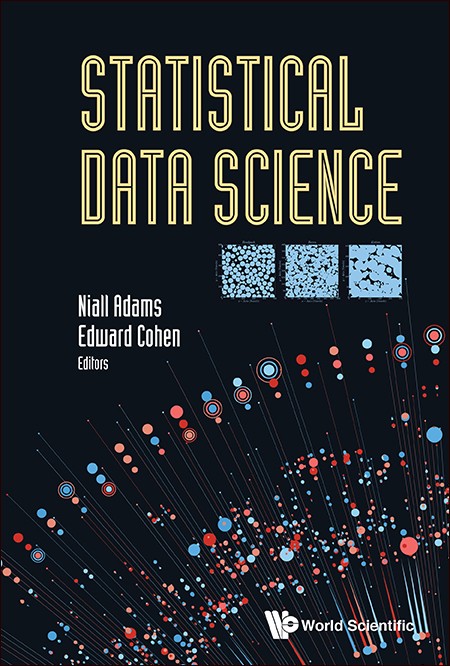Chapter 8: Reconstruction of Three-Dimensional Porous Media: Statistical or Deep Learning Approach?
Using X-ray computer tomography images of porous media, two approaches are compared for generating representations of porous media in three dimensions. Covariance-based simulations (CBS) of the pore space are constrained by the first- and second-order moments of the acquired images, and truncated Gaussian simulation are used to obtain realisations of the porous domain. Generative adversarial networks (GANs) have been recently developed in the context of deep learning. GANs use deep neural networks applied to a set of latent random variables to represent a distribution of training images implicitly. Sampling from this probability distribution corresponds to the generation of new stochastic image realisations. CBS and GANs are presented and compared in the context of three-dimensional image reconstruction. While GANs are a data-driven approach that aims at approximating the full probability distribution of the image datasets, CBS focuses on matching the two first moments. We show that GANs produce much more realistic representations than CBS. It is argued however, that ideas used with statistical approaches such as CBS are complementary to modern machine learning approaches. For example, in the case of image reconstruction, experimentally derived covariances can be used to quality-control images generated by GANs.


